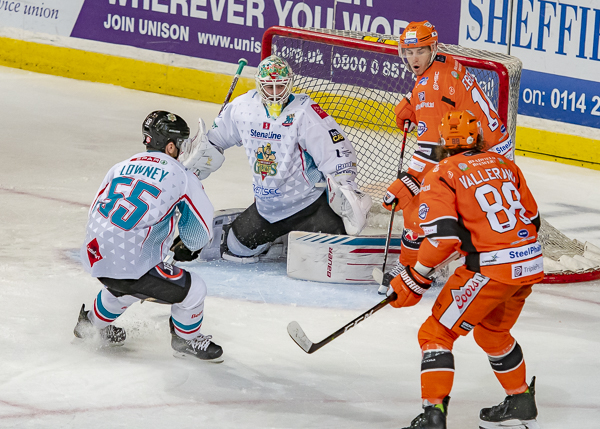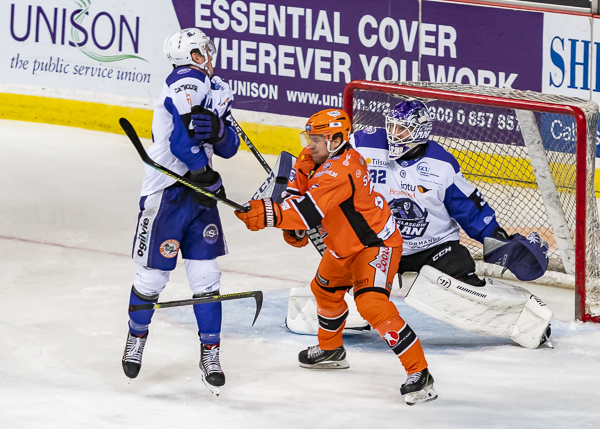Certain sports are often associated with different countries. England is famous for football and cricket, the United States for American football and baseball, Canada and Russia for hockey, and France for tennis.
Despite these countries being the birth place, or at least being particularly successful at these specific sports, almost all countries have small followings of most sports. For example, there is a small but growing fan base for American football in Nigeria, while cricket has been growing in popularity in several European countries. 
Another of these sport and country combinations is ice hockey in the United Kingdom. While its fan base is not going to be comparable to football any time soon, Britain has a long history with ice hockey.
Hockey’s Long History in Britain
The biggest prize in hockey, the NHL’s Stanley Cup, is named after Sir Frederick Arthur Stanley. Stanley was an Englishman who descended from William the Conqueror and who became the Governor General of Canada in 1888.
It was here that he fell in love with the sport and floated the idea of a national hockey competition. He later put his money where his mouth was, and bought a trophy to be given to the winner of the National Hockey League.
Rocky Relationship at Home
While a Brit was an integral part of the NHL’s history, hockey has had a much more difficult time in Britain. After a collapse in interest in the sport in the 2000s that caused financial troubles for many teams, the sport has seen some growth again in recent years. Games in the country’s top flight competition, the Elite Ice Hockey League, get around 2,500 people turn up to watch each game, around 10% of who go to see the top NHL teams.
One of the biggest giveaways as to the small size of hockey in the UK, is that there are not many bookmakers that will accept wagers for games in the Elite Ice Hockey League. In contrast, North America’s NHL and Eurasia’s KHL both have large sports betting markets. In the US, most online bookmakers that accept NHL bets are competing hard to gain market share, and as a result offer bonus and risk free bets to attract customers. 
This is made worse by a lack of media coverage. There are little to no TV broadcasts of games, and most online and print media do not cover hockey at all. Where they do, they focus almost exclusively on the NHL.
A Bright Future?
Despite the odds going against hockey in Britain, the sport is seeing modest growth in its fan base. It has become the third most watched indoor sport in the country, and it’s the fastest growing winter sport.
In 2019, the national team qualified for the I.I.H.F World Championship for the first time in 25 years, but it didn’t progress any further. Qualification was victory enough for the team, which hasn’t seen much international success since winning gold in the 1936 Winter Olympics.
Leading the recent charge has been the Sheffield Steelers, who are one of the EIHL’s most successful teams. They were rescued from financial ruin by Tony Smith, who has widespread fame and popularity among hockey fans in the UK.
He’s been using the techniques of the NHL to attract more fans to the game, increasing the spectacle of the sport. He’s done this by encouraging his players to adopt a more aggressive style of play.
He also recently procured a large videotron, a staple of professional indoor sports in the US. This massive device, which hangs above the ice rink, contains 300 different video screens and is used to encourage fans to be engaged during hockey games.
Thanks to Smith’s efforts, the Steelers have been able to attract as many as 7,000 fans to each of its home games. This is almost three times the average across the league. 
The future for hockey in Britain looks positive, with the Steelers setting higher standards for what hockey teams should strive for in the country. If other teams can replicate their success, the EIHL could more than triple its game attendance and attract more media attention to go with it.
Photos contributed by PHN’s Mick Johnson and Sam Scott


You must be logged in to post a comment.